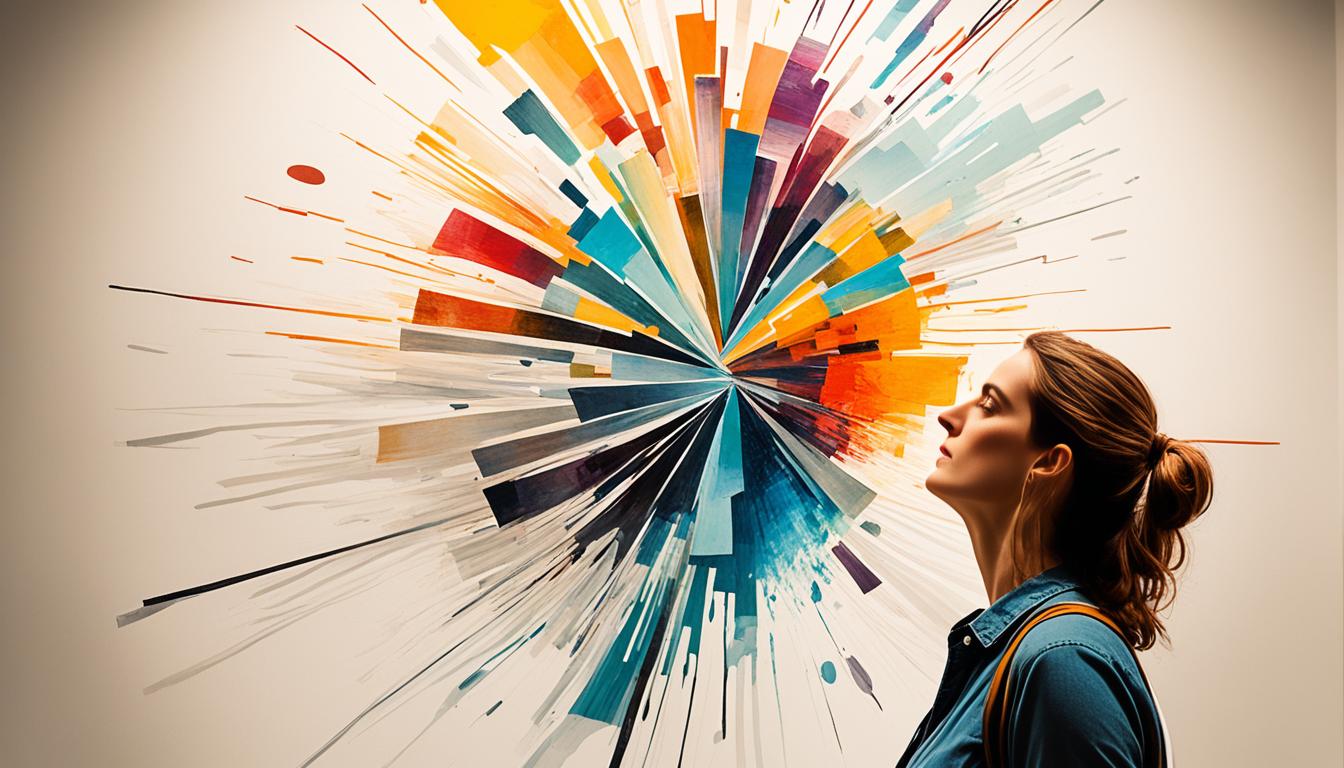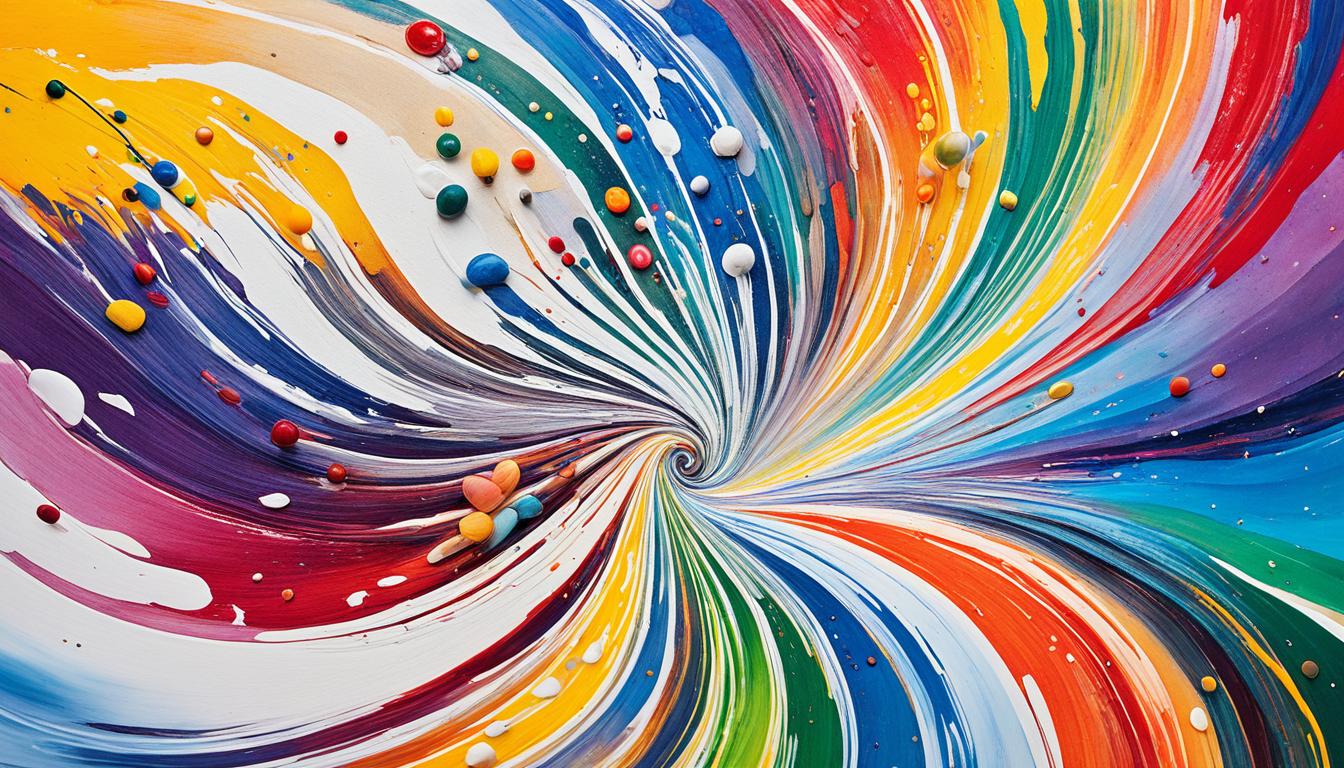The art market started with wealthy families, churches, and monarchs controlling art commissions, making it exclusive and tied to status. As the middle class grew, more people began collecting art for pleasure and investment, expanding the market. During the Renaissance, galleries, dealers, and auctions made buying and selling more transparent. Today, online platforms and global auctions continue to democratize access. If you explore further, you’ll uncover how these shifts shape the art world today.
Key Takeaways
- Early art was commissioned by elites, with value linked to artist reputation and patron importance.
- The middle class’s rise expanded art collecting beyond aristocratic circles, making art more accessible.
- Renaissance galleries, dealers, and auctions introduced market standardization and transparent pricing.
- Modern valuation relies on market competition, data analytics, and visual storytelling, increasing accessibility.
- Today’s online platforms and global auctions foster a more inclusive, transparent, and market-driven art environment.

Have you ever wondered how the art market has evolved over centuries? It’s fascinating to see how it has shifted from exclusive patronage to a complex global industry. In earlier times, art was primarily commissioned by wealthy families, churches, or monarchs, who directly influenced what was created and valued. During these periods, art valuation depended heavily on the reputation of the artist and the significance of the patron. As a result, collector demographics were limited; only the elite had access to art, and their tastes dictated trends. This exclusivity meant that art was less about market forces and more about personal or political statements. Over time, however, the rise of merchant classes and the middle class began to change who bought art and why. As more people gained wealth, they started collecting art for personal enjoyment, social status, or investment, broadening the collector demographics.
The advent of galleries and art dealers in the Renaissance era marked a significant shift. These institutions started to influence art valuation, making it more standardized and market-driven. Instead of art solely serving religious or aristocratic purposes, it became a commodity. Prices became more transparent, and the importance of provenance and artist reputation grew. Market expansion as the market expanded, collectors ranged from the aristocracy to bourgeoisie, diversifying the demographics. This period also saw the development of auction houses, which further standardized sales and prices, making art more accessible to different social classes. The introduction of market forces and competition among buyers helped shape contemporary art valuation methods. Additionally, the integration of visual storytelling techniques in marketing and exhibitions has helped connect art pieces with a broader audience.
Today, the art market continues to evolve rapidly. Online platforms and global auctions have expanded collector demographics further, allowing more individuals from diverse backgrounds to participate. Art valuation now combines traditional expertise with data analytics, tracking market trends and artist popularity in real-time. This shift means that the art market is no longer confined to the wealthy elite but increasingly accessible to a broader pool of collectors. Whether you’re a seasoned investor or just starting your collection, understanding the history of the art market helps you appreciate how it’s grown from a closed circle of aristocrats to a dynamic, worldwide industry. The ongoing changes reflect a more inclusive, transparent, and market-savvy environment—one that continues to attract new collectors and reshape art valuation every day.
Frequently Asked Questions
How Did Digital Technology Influence Contemporary Art Sales?
Digital technology has transformed contemporary art sales by making transactions more accessible and transparent. You can now verify digital authentication to guarantee artwork legitimacy instantly. Virtual galleries allow you to explore and buy art from anywhere, breaking geographical barriers. These innovations boost sales, expand audiences, and foster trust, changing how you discover and acquire art, making the process more dynamic, efficient, and interconnected than ever before.
What Role Do Art Advisors Play in the Modern Market?
You rely on art advisors to navigate the complex modern market. They help with art valuation, ensuring you pay fair prices, and understand collector psychology to match your preferences. Advisors guide you through auctions and private sales, offering expert insights that protect your investments. Their role is vital in helping you build a meaningful collection, making informed decisions, and maximizing the value of your art over time.
How Are Art Prices Determined Today?
Think of art prices as a weather vane, swinging with the winds of market forces. You’ll find art valuation plays a key role, influenced by artist reputation, rarity, and condition. Market transparency is like clear skies, helping you see the true worth of a piece. Today, prices are shaped by auction results, private sales, and online platforms, creating a dynamic landscape where value is constantly recalibrated based on supply, demand, and market trends.
What Are Emerging Trends in Online Art Auctions?
You notice that online art auctions are evolving quickly with emerging trends like virtual bidding, making it easier for you to participate globally. Blockchain authentication is gaining popularity, providing secure proof of provenance and ownership. These innovations increase transparency and trust, allowing you to bid confidently from anywhere. As technology advances, expect more interactive experiences and expanded access, making online art auctions more dynamic and inclusive for collectors like you.
How Does Art Investment Differ From Traditional Financial Assets?
Imagine comparing a rare painting to stocks or bonds; art investment hinges on art valuation and market speculation. Unlike traditional assets, art isn’t purely quantifiable, making it more subjective and risky. You can’t rely on steady dividends or guaranteed returns. Instead, you invest in a piece’s cultural significance, emotional value, and potential for appreciation, which makes your investment experience more personal but also more unpredictable.
Conclusion
As you reflect on this journey, remember how the art market shifts like the tides—once driven by patrons, now by auctions, echoing the whispers of history’s great collectors. Just as the Renaissance’s patrons fueled creativity, today’s auctions ignite new passions and pursuits. The story continues, a dance between tradition and innovation, inviting you to recognize that in art’s ever-evolving landscape, your own role is part of its ongoing symphony.









